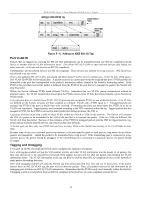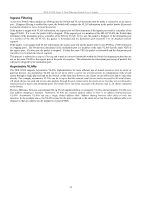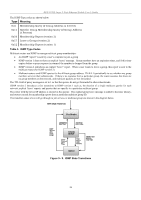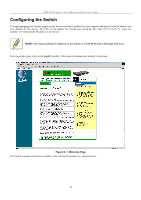D-Link DES-3226SM Product Manual - Page 37
Multicasting, Multicast Groups
 |
UPC - 790069247118
View all D-Link DES-3226SM manuals
Add to My Manuals
Save this manual to your list of manuals |
Page 37 highlights
DES-3226S Layer 2 Fast Ethernet Switch User's Guide Multicasting Multicasting is a group of protocols and tools that enable a single source point to send packets to groups of multiple destination points with persistent connections that last for some amount of time. The main advantage to multicasting is a decrease in the network load compared to broadcasting. Multicast Groups Class D IP addresses are assigned to a group of network devices that comprise a multicast group. The four most significant four bits of a Class D address are set to "1110". The following 28 bits is referred to as the 'multicast group ID'. Some of the range of Class D addresses are registered with the Internet Assigned Numbers Authority (IANA) for special purposes. For example, the block of multicast addresses ranging from 224.0.0.1 to 224.0.0.225 is reserved for use by routing protocols and some other low-level topology discovery and maintenance protocols. Figure 5 - 7. Class D Multicast Address 34















